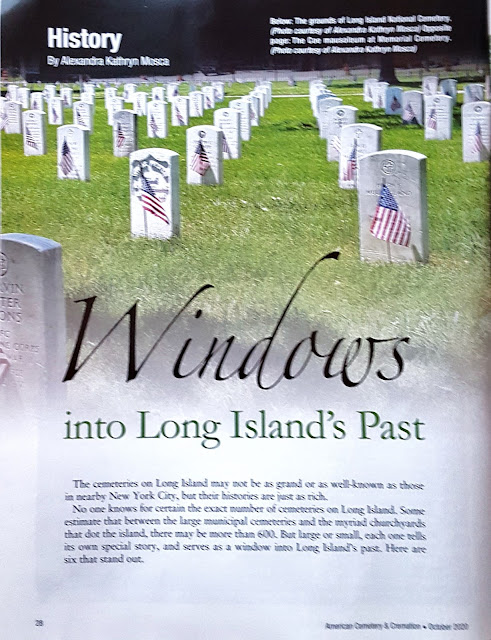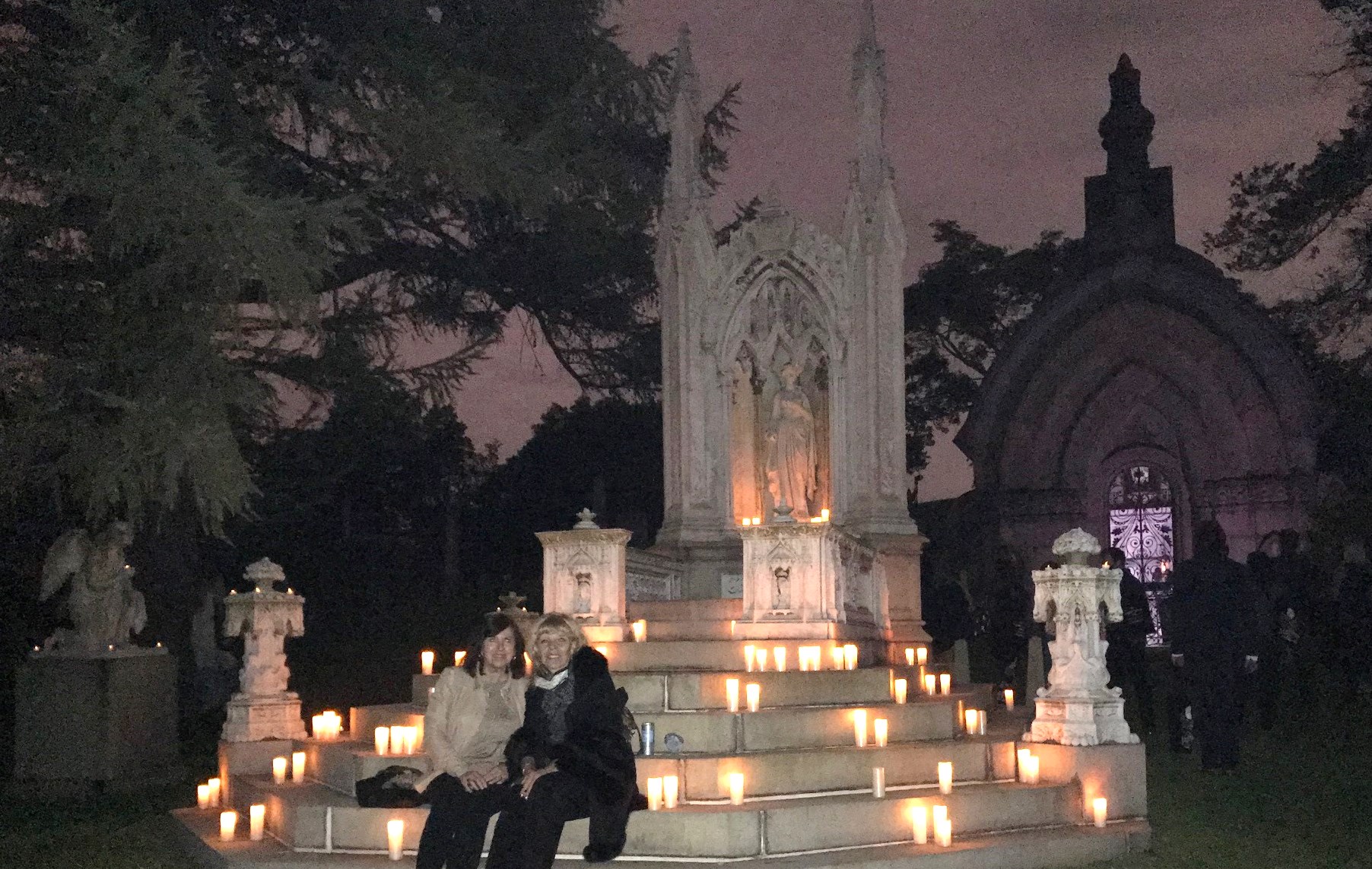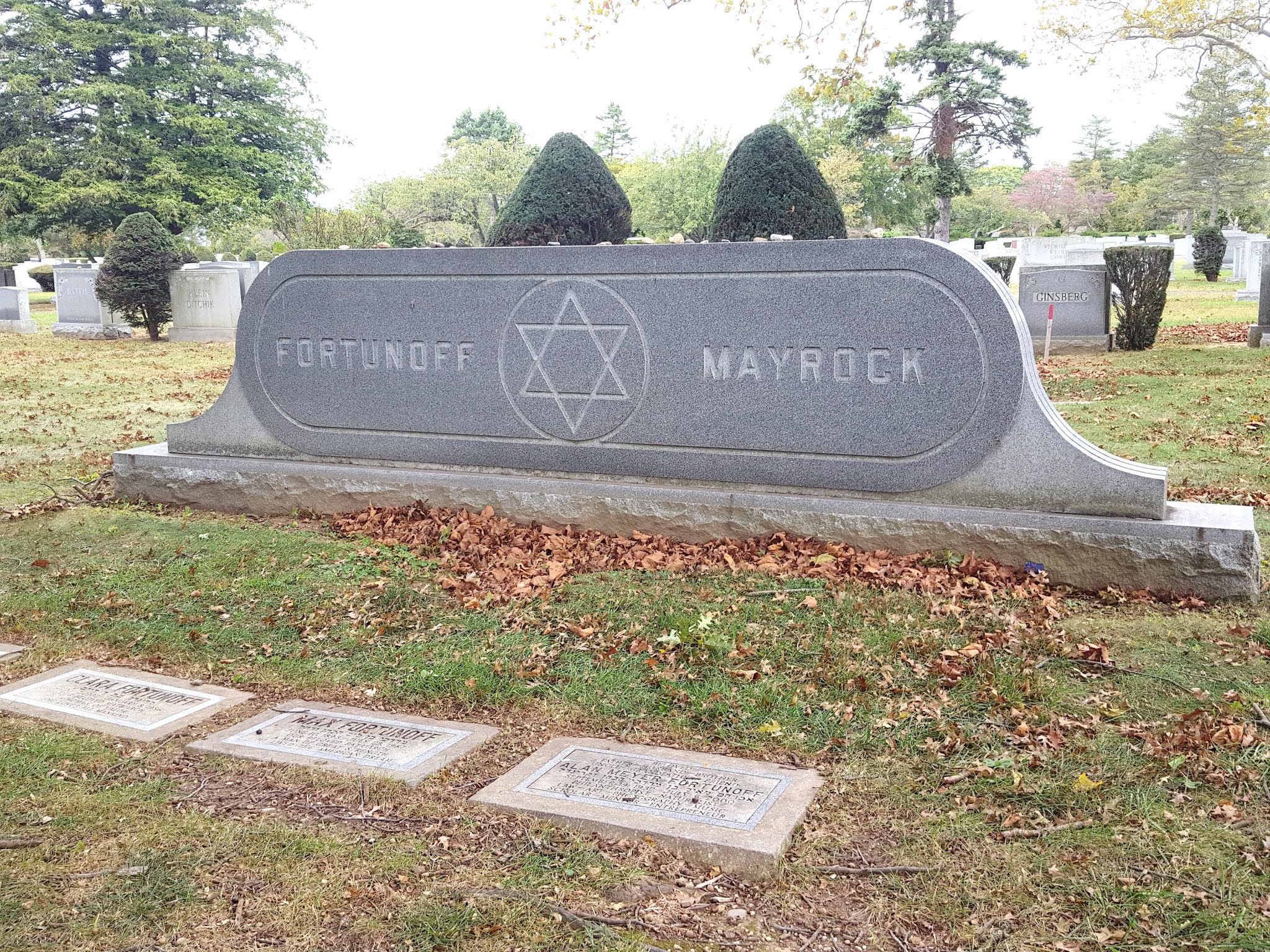The Prentiss Brothers

The graves of the Prentiss brothers lie side by side in the shadow of the Historic Chapel near tranquil Valley Water. During the Civil War, the brothers from Maryland fought on separate sides. Both were mortally wounded in the same attack. The storied poet Walt Whitman ministered to both brothers and later wrote about them. In 2008, new gravestones, courtesy of the Veterans Administration, were unveiled in front of the Prentiss brother's illegible 19th-century marble gravestones.








